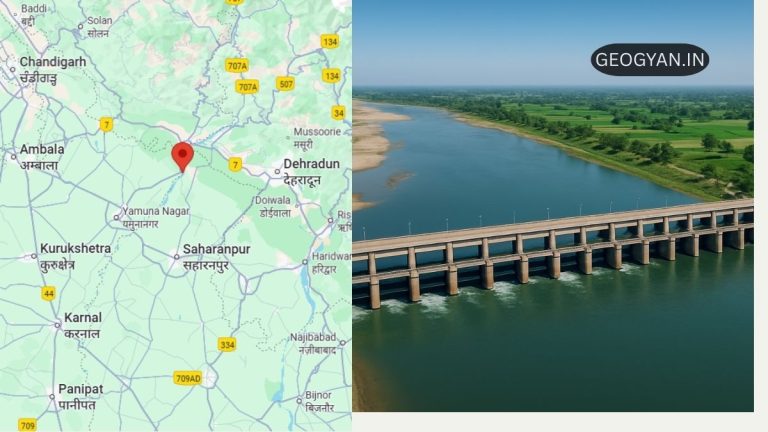Estimated reading time: 3 minutes
Sinclair’s Model
Agricultural land use can change in response to urban growth. This theme was taken by R. Sinclair, who modified Von Thunen’s original hypothesis to suggest alternative land use patterns. He suggested that although in developed economies, the basic allocating force governing land use is, in fact, economic or locational rent, the major force influencing spatial variation in such rent is no longer simply the transport cost to the market but rather the massive urban expansion that has occurred on a scale not envisaged in Von Thunen’s day.
The urban sprawl has a blight effect on land values and that causes the reversal of land use patterns. Agriculture, actually, becomes more productive and efficient away from town. Urban land invariably commands a higher value than rural land and where the two types of use are in direct competition, urban uses generally win. But land, that is expected to urbanize, has a higher value – an ‘anticipated’ value (by developers and building speculators) and this has a considerable effect on the type of land use practiced in rural areas.
Land values for purely agricultural purposes fall because adjacent to the city, the land is most likely to be urbanized and thus, has higher anticipated value. Few farmers are willing to cultivate this land over which suburban blight hangs. Instead, they allow their fields to deteriorate into demi farming (half hearted agricultural activity) or else let them become vacant altogether with the intention of selling, at the most profitable time to the speculative newcomer. As the blight effect of urban sprawl diminishes further apart, farmland importance increases, as do agricultural efficiency and productivity.

The value of land, therefore, is lower very close to an expanding urban center and increases with distance as the likelihood of urban encroachment declines. This relationship is diagrammatically shown in Figure. Evidence to suggest that this model is realistic can be obtained around certain Midwest cities in the USA and around some British country towns. However, this model is also subjected to geographical variability of the real world.



























